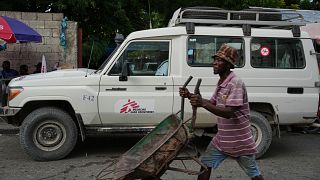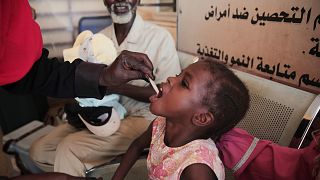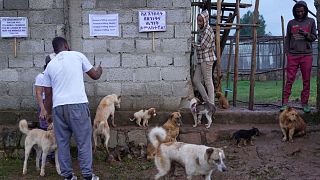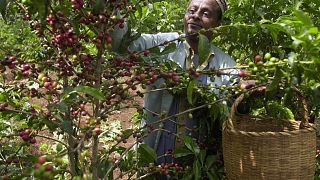Ethiopia
While the Ethiopian government started distributing emergency food aid in October after the strongest El Nino on record triggered a drought, they are asking for more aid to feed some 10.2 million people.
Men and women in Ethiopia’s northern Amhara region have been relying on the government from January to June every year for food, in exchange for digging ponds or planting trees.
The drought in the country has left some 1.3 million schoolchildren either too hungry to concentrate or drop out to search for food or water.
According to Kassaw Wale, Head of Disaster Prevention and Food Security Office, community members and elders are saying the crisis is worse than that of 1984.
“The damage is not as bad as one might expect because of the government’s as well as the public’s preparedness and the speedy response to it,” he said.
In #Ethiopia,
— USAID (USAID) March 6, 2016USAIDis providing $4M in drought-tolerant seeds to help farmers grow life-saving food during drought https://t.co/lm49cGGblE
The government was quick to acknowledge the crisis and set aside 380 million dollars of its own money into the emergency response since July.
In 1985, Ethiopia was in the grip of its worst famine, which killed around one million people.
While no one is predicting famine in the Amhara region this year, eight out of 10 Ethiopians are still dependent on rain-fed agriculture, leaving Africa’s second most populous nation in a cycle of vulnerability to drought.












00:57
Hundreds of aid trucks await Israel's reopening of Rafah crossing into Gaza
00:59
Aid trucks enter Gaza as Israel moves to reopen Rafah crossing
01:00
Pix of the Day: October 02, 2025
01:30
Sudan humanitarian aid group among winners of Right Livelihood Award
01:00
Ethiopia, Niger plan to build nuclear plants with Russia's Rosatom
00:52
Ethiopia faces unsustainable external debt, World Bank and IMF warn